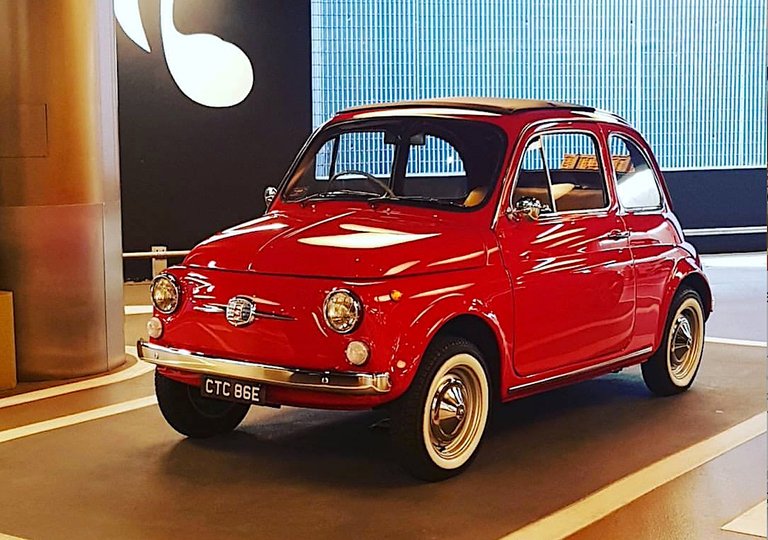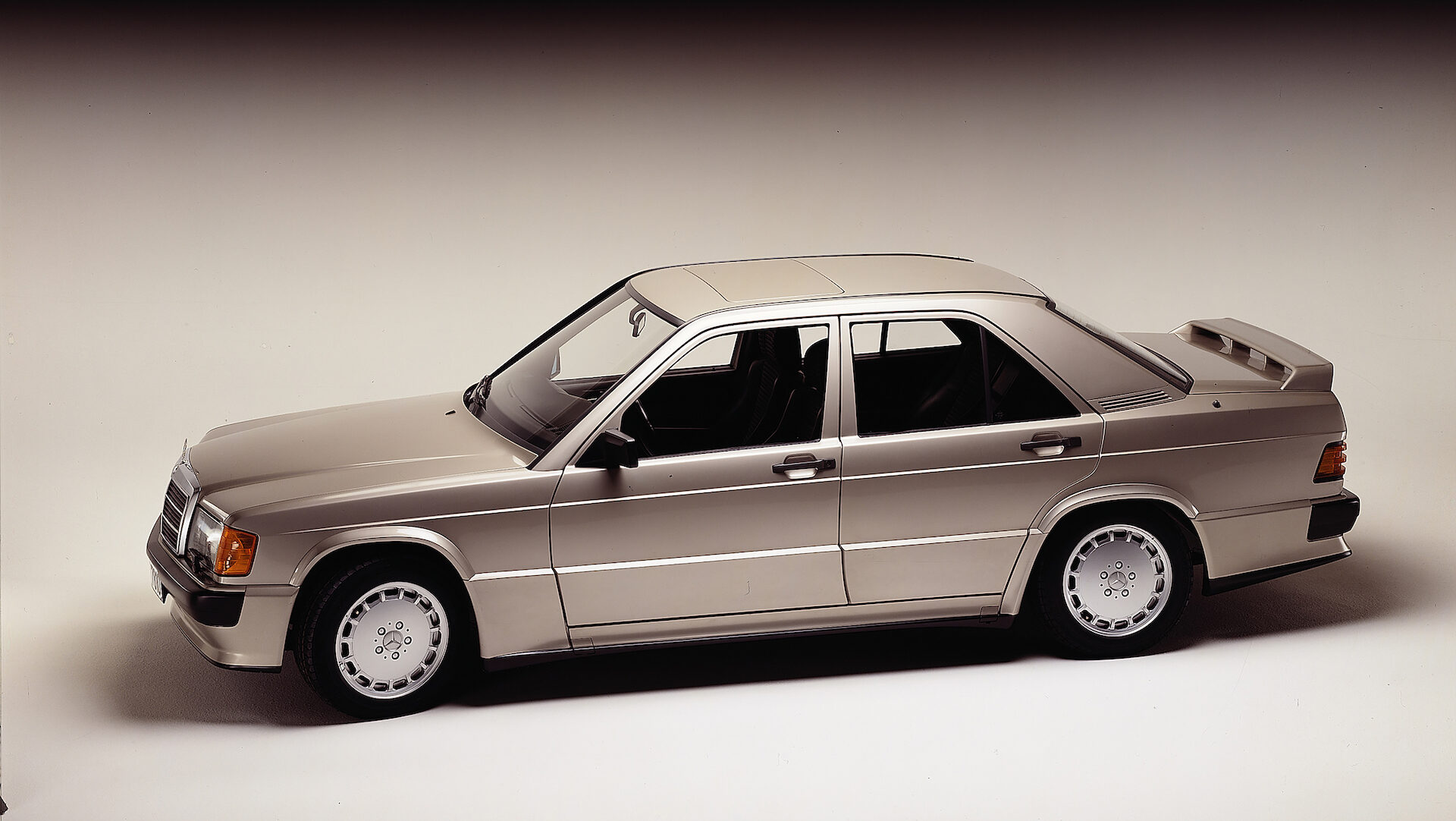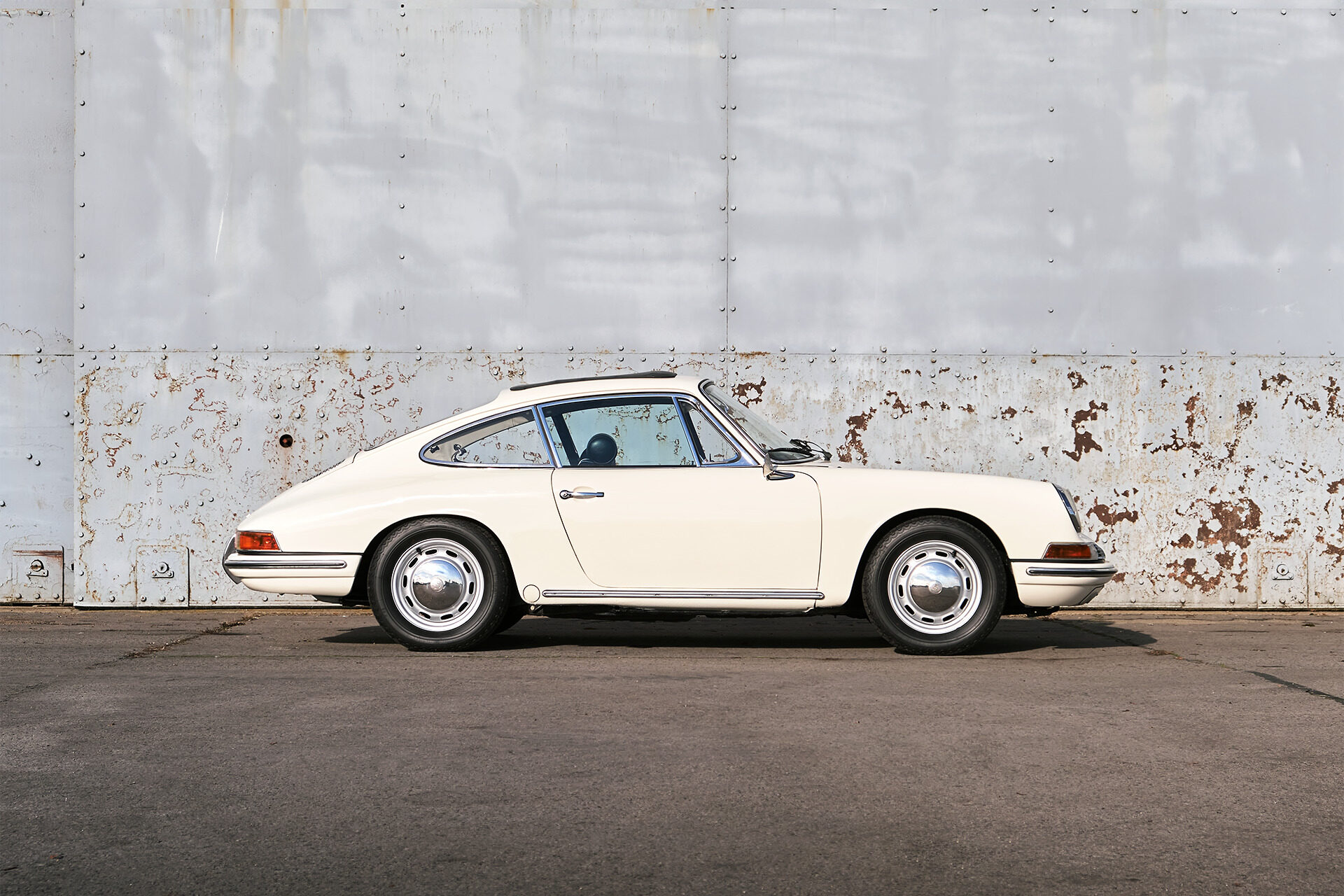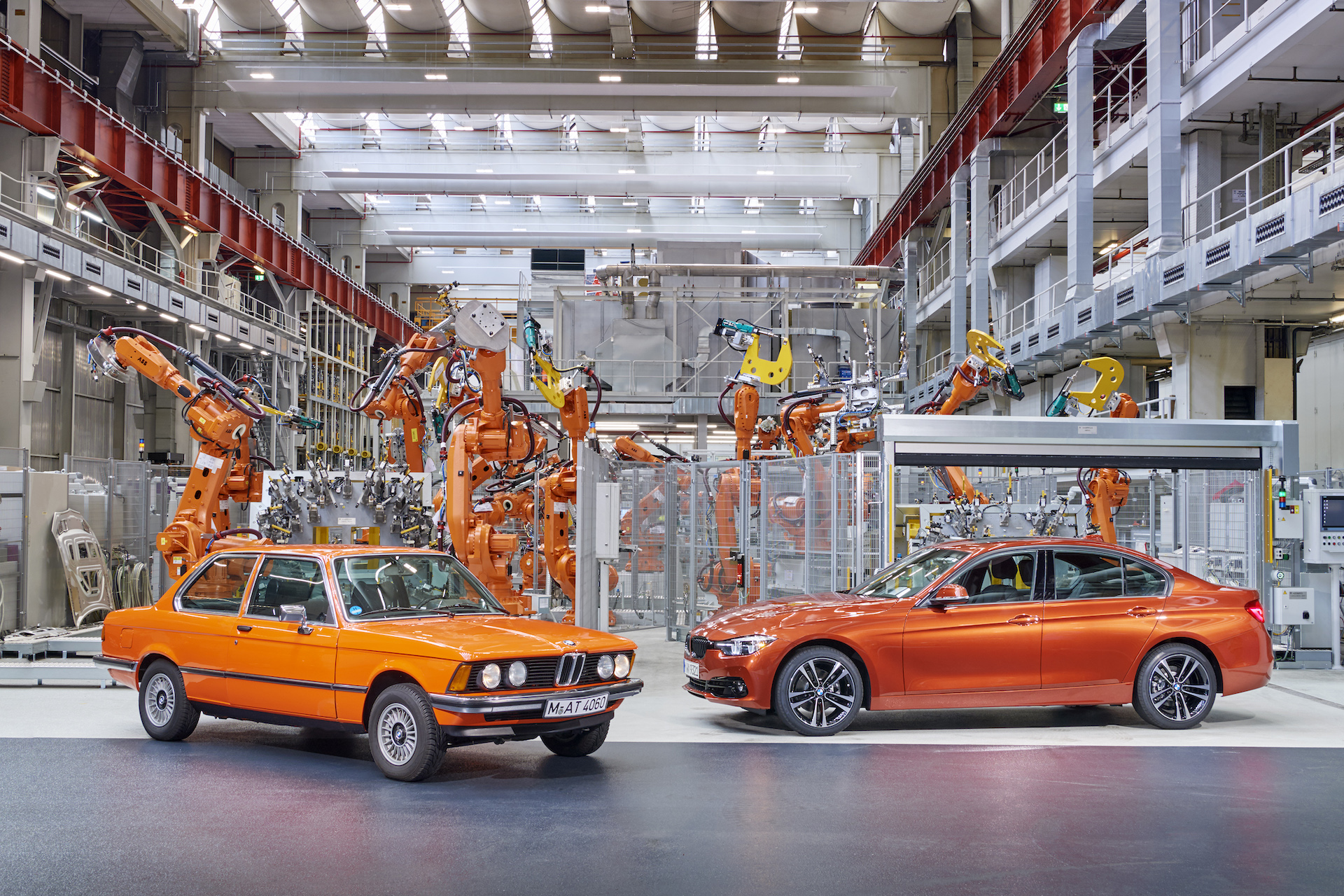The iconic 500 truly begs the question: what price can you really put on cuteness? (Image: Stefan Graichen)
As a country renowned for large families, Italy was hardly the place to be selling miniature cars. Yet, the most successful Italian model of the 1950s was tiny and no one cared.
Fiat’s 500 Nuova – or ‘new’ – model appeared in 1955, with enough room inside (just) for a family of five and space in the boot or on the roof for luggage.
The rear-mounted engine had twin cylinders and produced a meagre 9.7kW, while the official top speed was 90km/h. Given Italy’s legendary love of fast cars, there were of course ways and means of encouraging the 500 to go faster.
But perhaps a bigger attraction for most buyers at a time when fuel had become scarce and expensive, was the 500 Nuova’s modest consumption of just 5.0L/100km.

The 500’s fold-back sunroof has become one of its most defining features (Image: Classic Car Auctions)
Australia saw its first 500s in 1957, featuring rear-hinged doors and a fold-back sunroof that exposed the entire passenger area. Three years later, a 500D version appeared with a 499cc engine producing 13kW, along with interior improvements and a smaller sun-roof.
At the same time, Fiat added a Giardiniera station wagon to the range that would accommodate two adults plus a clutch of smallish children and extra luggage. To provide a flat floor, the engine was mounted horizontally under the luggage area.
In 1964 and with a new 850 sedan about to appear, the 500 disappeared from Australian showrooms. However, the success of Honda’s N360 and similar micro-cars encouraged Fiat to give the 500 another go in our market, returning in 1969 with the 500F which boasted better seats and wipers and a 16kW version of the 499cc engine.
The 500F’s four-speed manual gearbox still lacked synchromesh but was easy to use and the drum brakes were literally the size of saucers.

The introduction of the Giardiniera wagon brought additional practicality to the 500, particularly with its horizontally-mounted engine allowing for a flat boot floor (Image: Rudolf Stricker)
Not a lot could go wrong with the rudimentary Nuova though and with so many sold, most parts remain available. A moderately skilled home mechanic can do most repairs too, with the engine easily unbolted and the body lifted over it.
Checking that the car you choose hasn’t suffered rust or crash damage followed by some shoddy repairs is essential. Also, try to check that the sunroof lets in rays when open and excludes water at other times.
Nuovas aren’t exactly scarce cars in Australia, but our stocks are nothing like the numbers found in Europe where they remain valid as everyday transport. As likely survivors of the Internal Combustion Engine (ICE) Age, some can be expected to still be running in 40-50 years.
Prices in our market did reach extreme levels some years back, but vendors have become more realistic. Excellent cars still manage $35,000 which is lot for a tiny car that was built in its millions, but what price can you really put on cuteness?
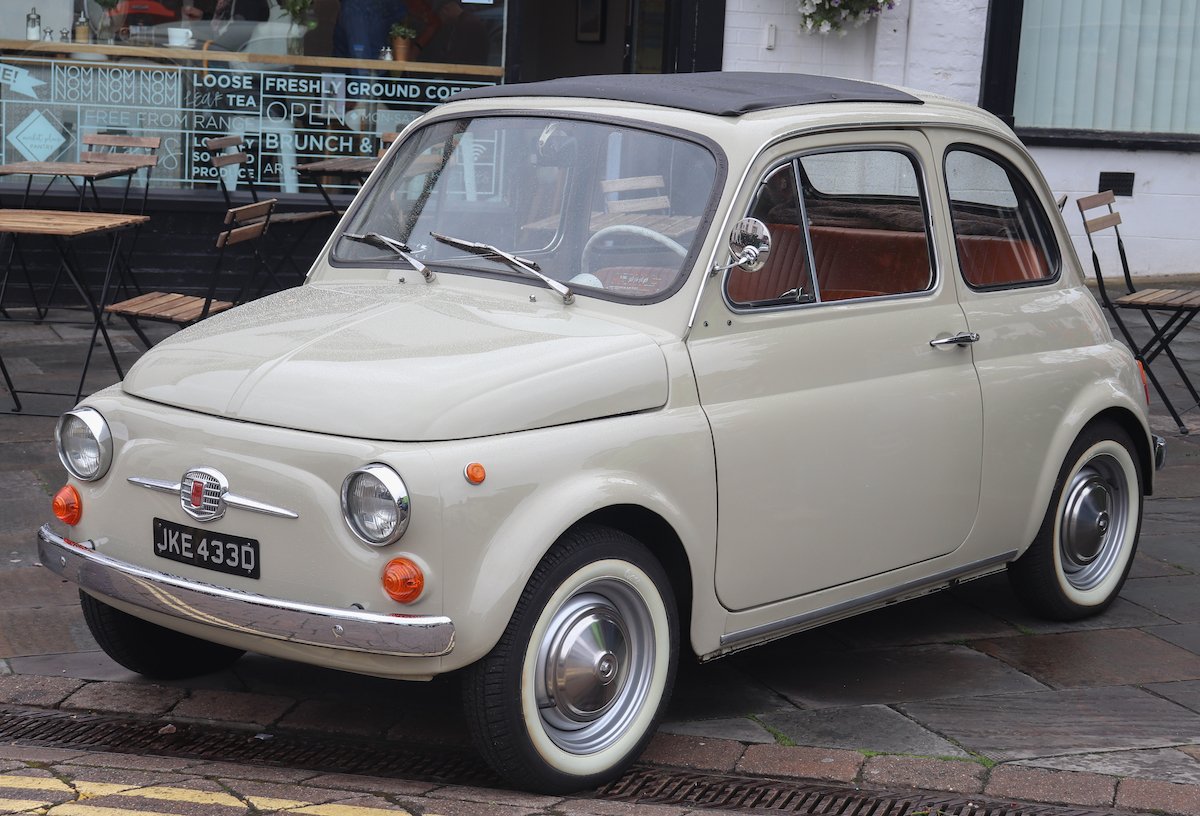
The mechanical simplicity of the 500 meant there isn’t much to go wrong on them, nor anything particularly challenging to fix if you’re a home mechanic (Image: Vauxford/Wikimedia Commons CC BY-SA 4.0)
Things To Watch Out for When Buying a Used Fiat 500 (1957-72)
-
Body twists due to poor crash repairs
-
Sunroof not sealing properly and water entering cabin
-
Engine wear signified by blue exhaust smoke
-
Gearbox whine at constant speed
-
Sagging front suspension means transverse spring needs replacement
-
Correct size tyres may need to be sourced overseas
Valuation Timeline: Fiat 500 (1957-72)
-
1985$1,250
-
1995$4,500+260%
-
2005$7,000+55.56%
-
2010$12,500+78.57%
-
2014$16,500+32%
-
2020$27,500+66.67%
-
2025$32,500+18.18%500F (1969-72)

